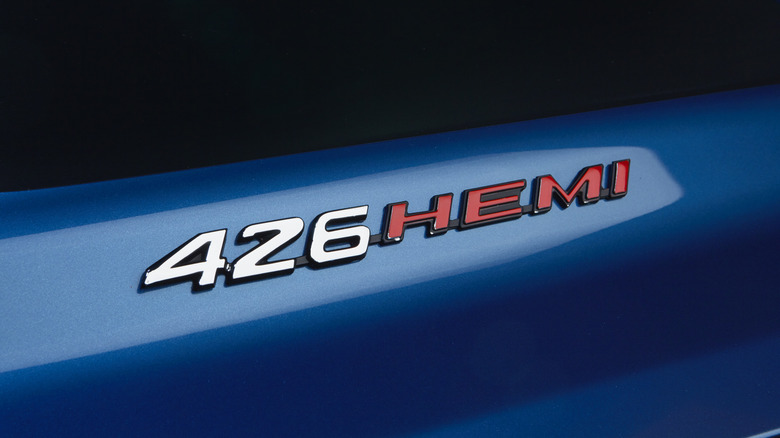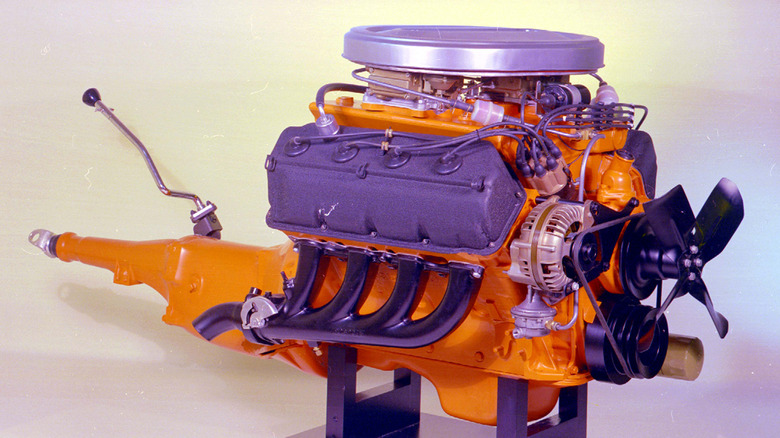How Chrysler's 426 Hemi Gained Its Nickname: The Elephant
Occasionally an engine will develop a nickname based on either the automaker's own internal designation for it, like the Ford "Coyote" V8 or the Chevy "Small Block." Similarly, engines will earn nicknames from the public like the Ford "Five Oh" or Chevy "350." Other than perhaps the Chevy LS, no other engine line has become synonymous with ridiculous levels of power and sheer hubris like the Chrysler "HEMI." To anyone with even a passing knowledge of muscle cars, Chrysler HEMI engines don't mean the car is cool to look at or possess any kind of style or grace. A HEMI badge, however, does mean the car's fast.
The Chrysler HEMI is named for its hemispherical combustion heads at the top of the engine and the name itself has been around since 1951. But the HEMI everyone is familiar with, the 426 cubic-inch monster of the muscle car era was first offered as an option for the 1966 Plymouth Belvedere. It quickly earned the nickname "the elephant."
Bigger and badder
There's no real creative flair or funny story as to why the engine earned the pachyderm cognomen. It really is just a huge engine. At 426 cubic inches or just under 7 liters, it's had a displacement much greater than just about every modern production engine aside from the 8-liter W16 offered in cars like the Bugatti Veyron or the 8-liter V10 that graced the Dodge Viper, a similarly ostentatious Chrysler product.
Chrysler made other even larger engines like a 440 cubic-inch V8 that could certainly show off some muscle, but even those engines saw more use in family station wagons or trucks than in cars like the Dodge Challenger or Plymouth Barracuda.
Following the elephant trend, the 426 wasn't just dimensionally very big, it was really powerful for its time, pumping out more than 425 horsepower. Stellantis, the parent company of Chrysler, notes that tuned 426s powered several wins in NASCAR and set track speed records just for good measure. It was the Hellcat engine of its day. Ford and General Motors each had huge performance-oriented V8s in the era, but only Chrysler had the HEMI, and only Chrysler had "the elephant." In fact, Chrysler is so proud of its nickname, that the engine name was resurrected as "The Hellephant," a 1,000 supercharged crate motor variant for the modern era.

